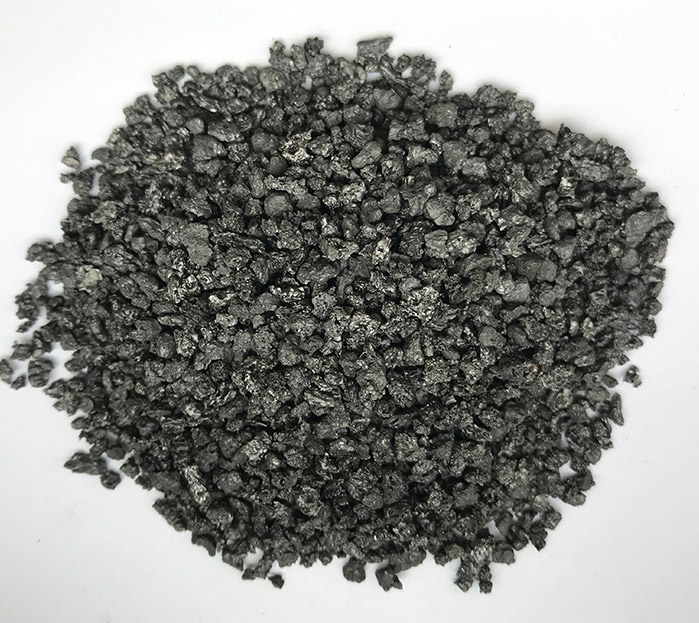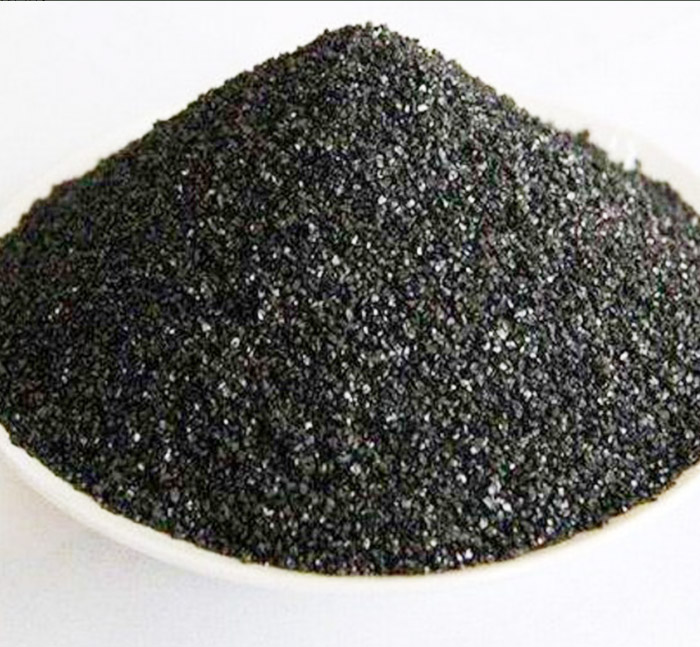Raw materials for electrode paste
Electrode paste, as a conductive material for electric furnace equipment such as ferroalloy furnaces and calcium carbide furnaces, is mainly made from solid carbonaceous materials and binders. The formula and preparation process of these raw materials together determine the final quality of the electrode paste. Among them, solid materials such as calcined anthracite, metallurgical coke, petroleum coke, and graphite surface debris all play a crucial role. Anthracite, with its density and high carbon content, can effectively improve the thermal stability, conductivity, and mechanical strength of electrodes. And binders, such as asphalt and coal tar, are responsible for firmly bonding solid materials during the sintering process, forming a hard whole.
In addition, the classification of electrode paste is also an important aspect that we need to understand. According to different usage scenarios and requirements, electrode paste can be divided into two categories: standard paste and sealed paste. Standard paste, also known as open paste, is mainly suitable for small open mineral furnaces. Its raw materials mainly include low ash, high carbonization degree, and strong strength calcined anthracite coal. And the sealed paste is mainly used for high-power ore furnaces, with stricter requirements for raw materials. In addition to commonly used raw materials, special components such as artificial graphite waste need to be added to meet its rapid roasting and quality requirements.
Performance characteristics of smokeless coal
Anthracite, as an important raw material in the carbon industry, is widely used in the manufacturing of semi graphite cathode carbon blocks, electric furnace carbon blocks, blast furnace carbon blocks, carbon electrodes, and various pastes. Anthracite occupies a central position in the preparation of electrode paste. It is worth mentioning that the main production areas of smokeless coal in China include Shanxi, Ningxia, and Guizhou. Anthracite from different regions has their own characteristics in terms of performance, which is closely related to the geological age of its formation. For example, the true proportion of smokeless coal in Shanxi region is relatively low, and the ash and sulfur content are relatively high; On the other hand, smokeless coal in Ningxia has the opposite, with a higher true density and lower ash and sulfur content. Regardless of its use, the application of anthracite in the carbon industry must undergo calcination treatment in order to fully leverage its performance advantages.



